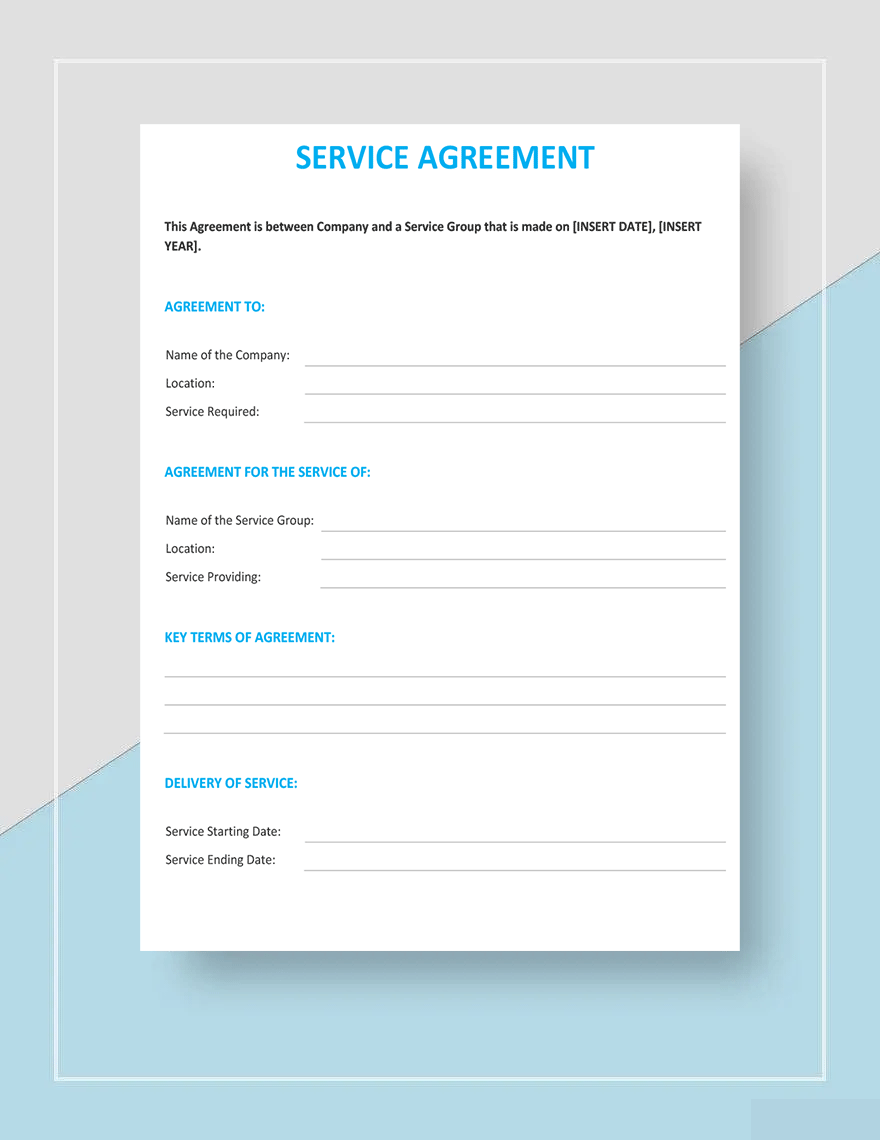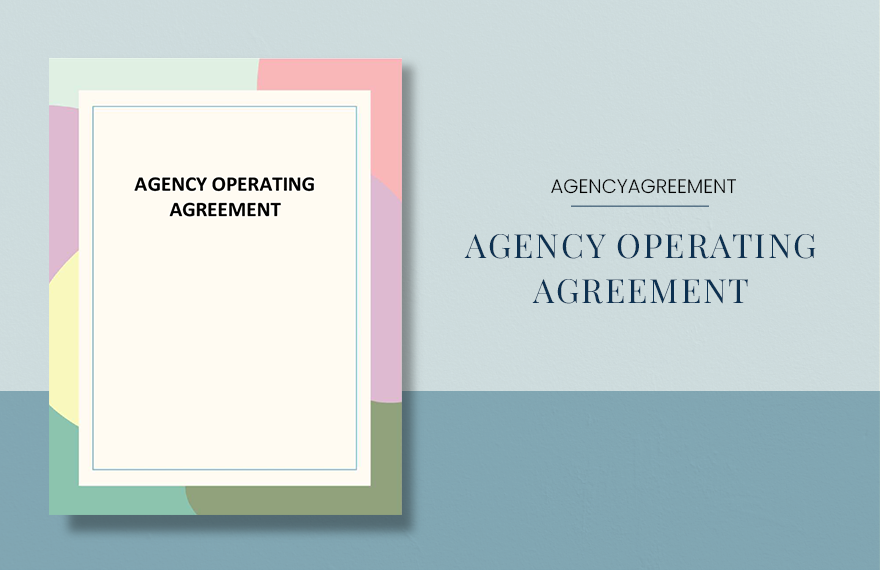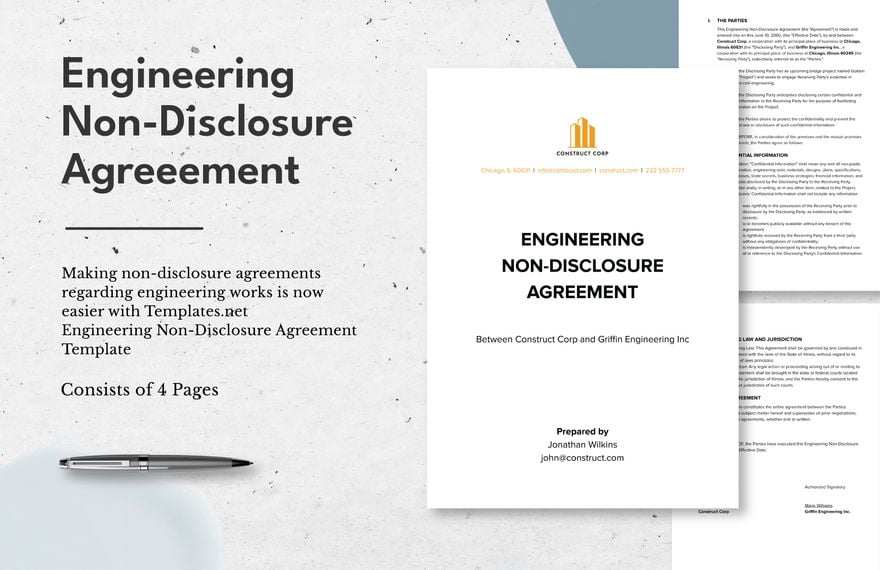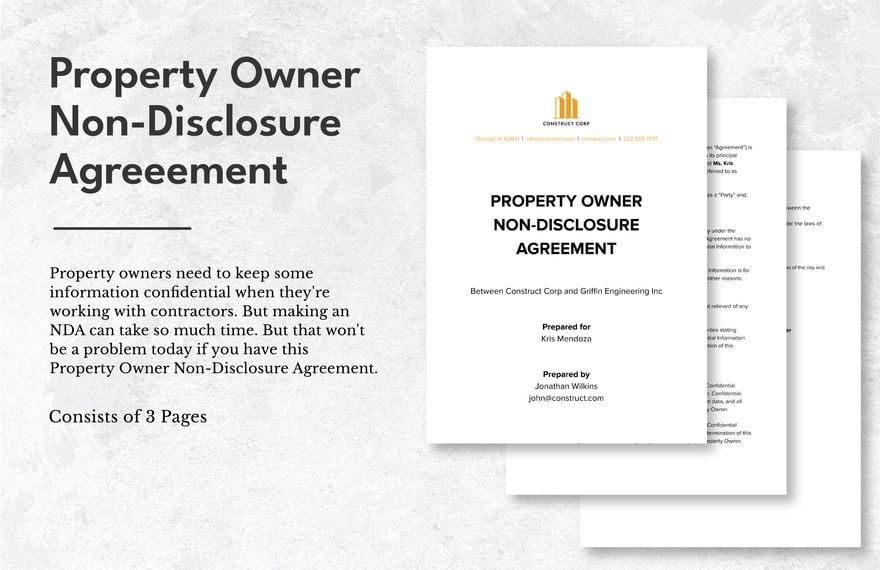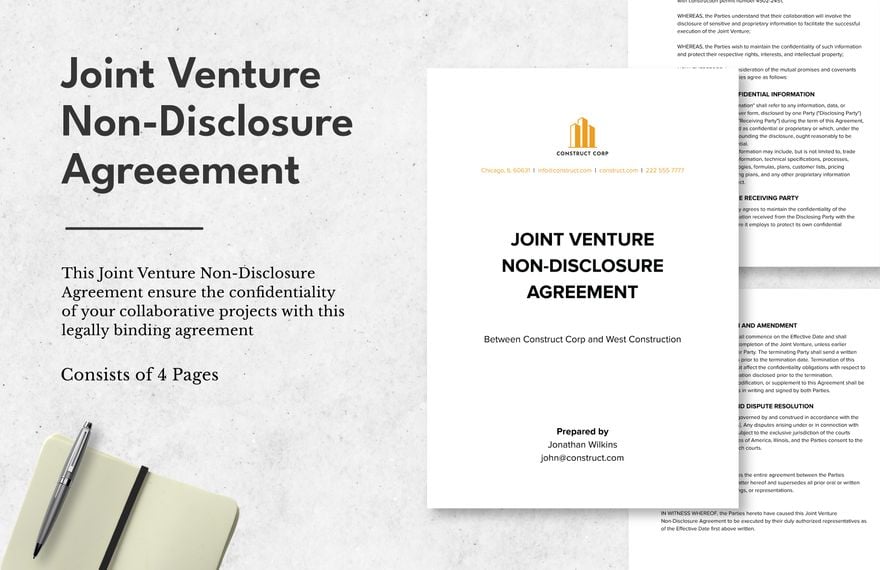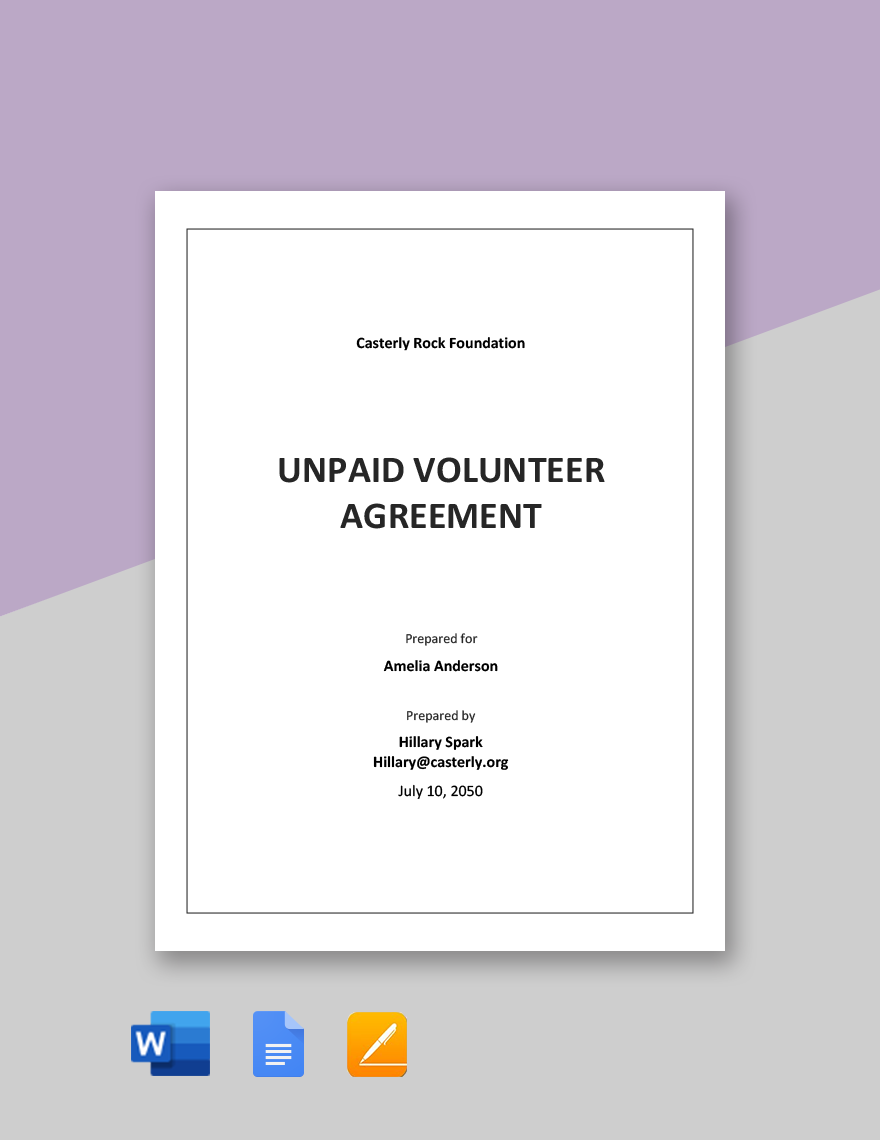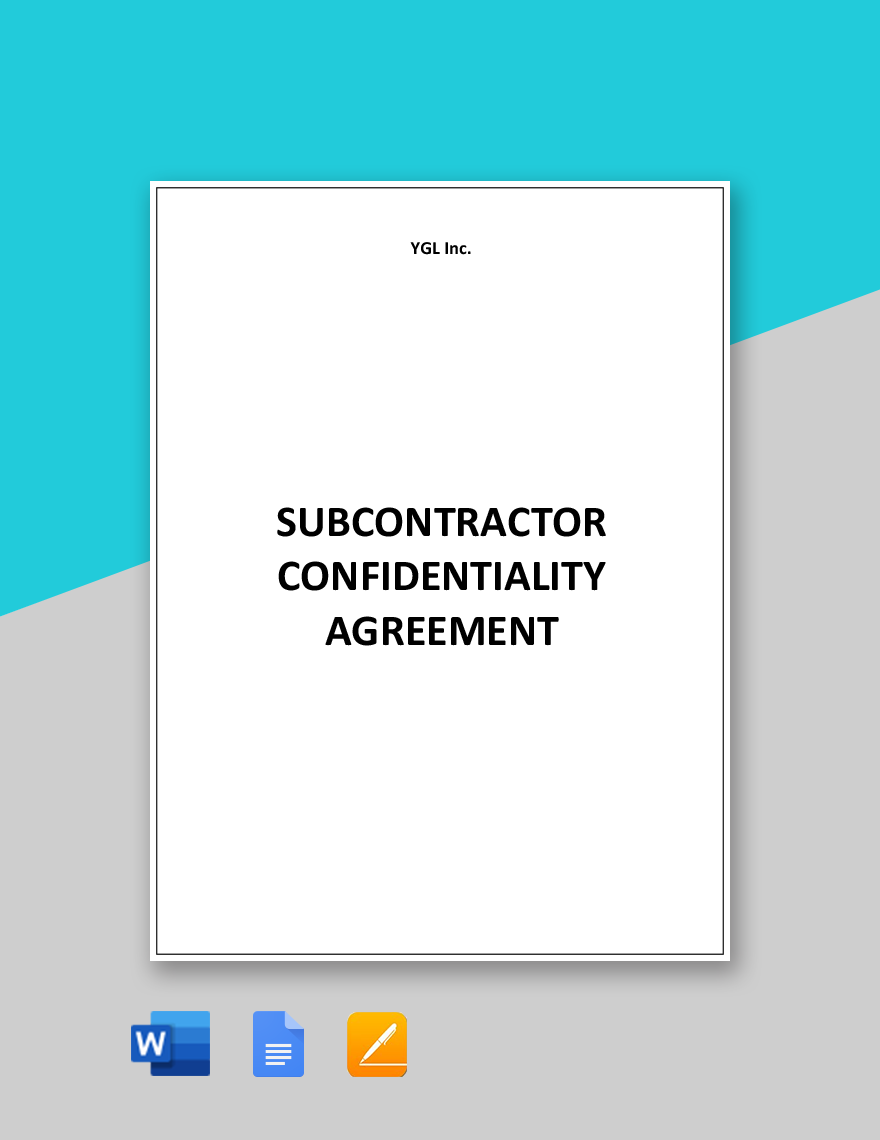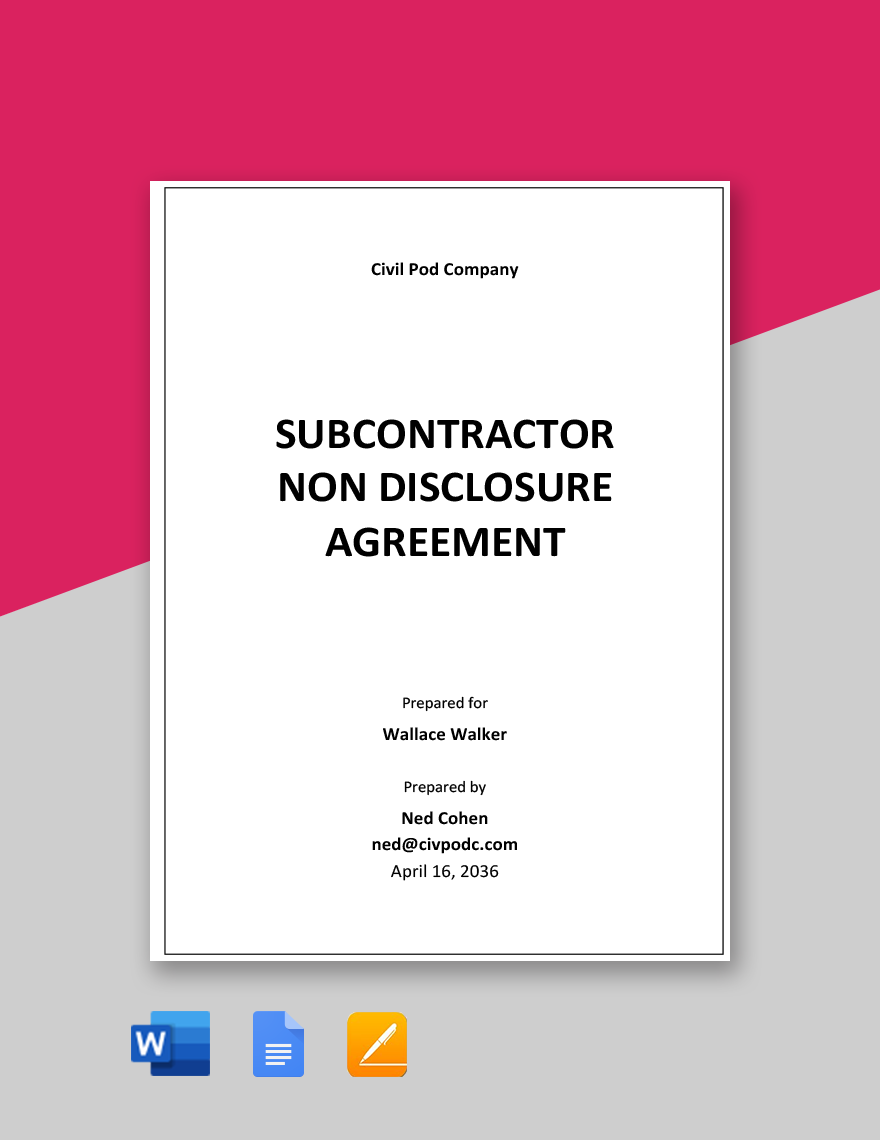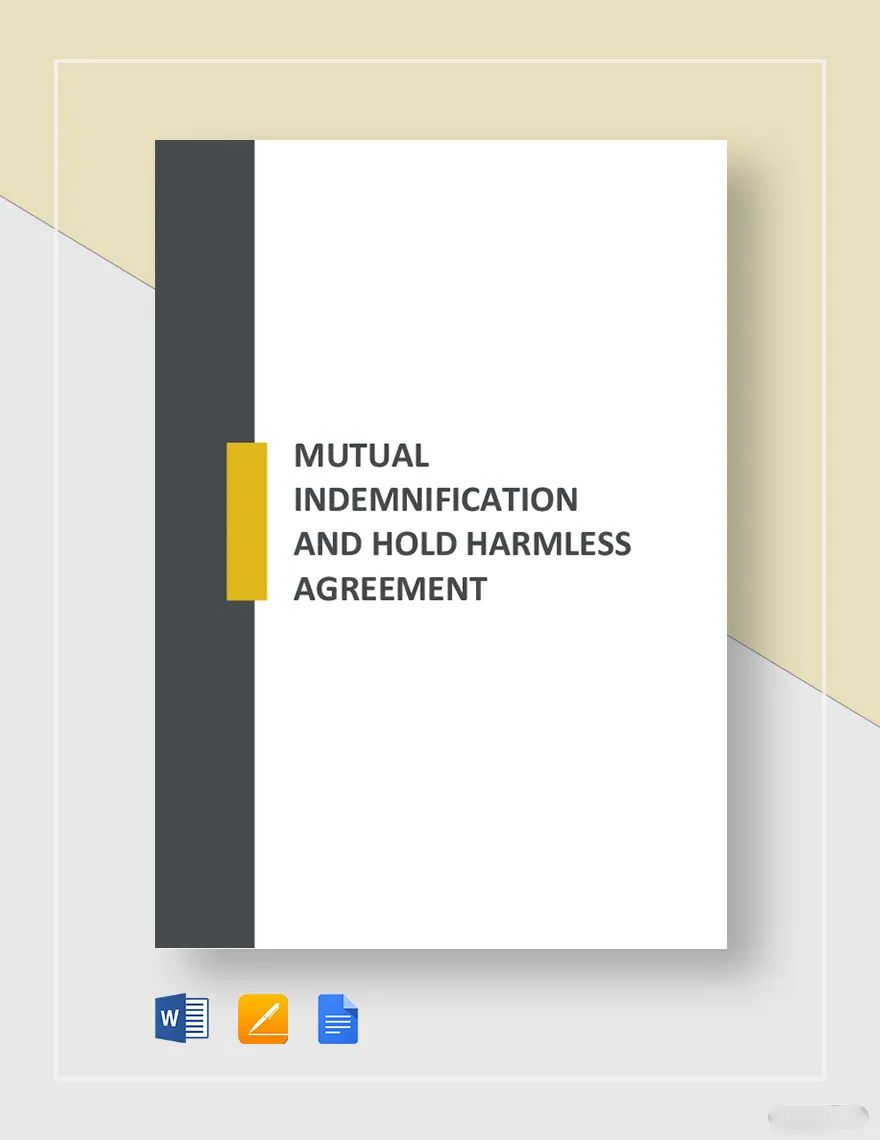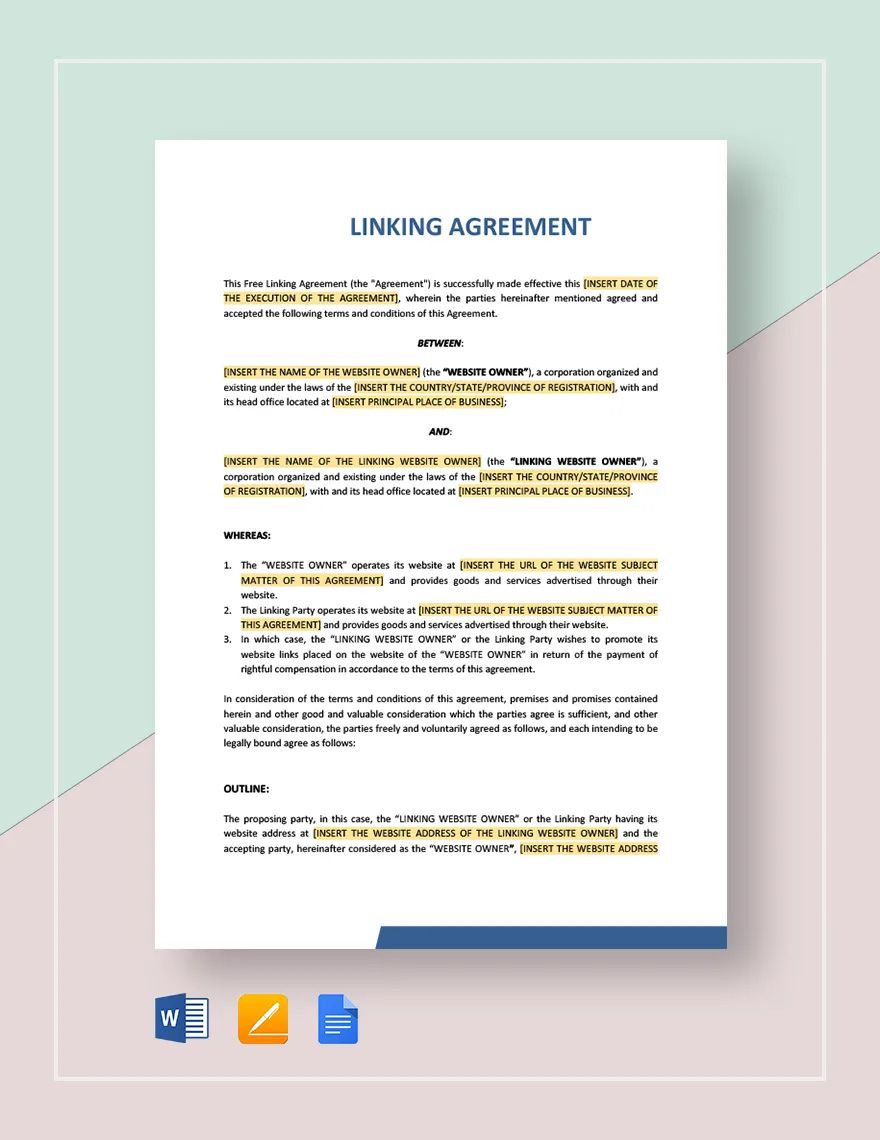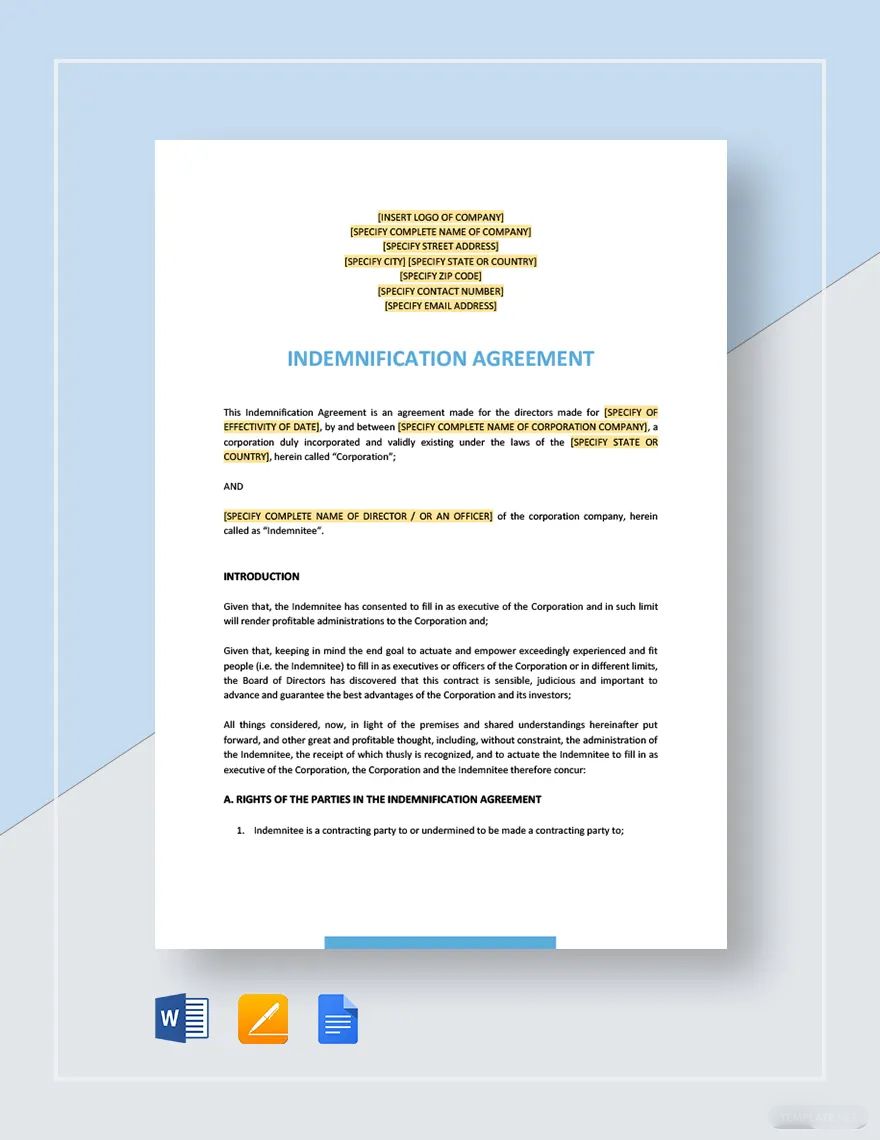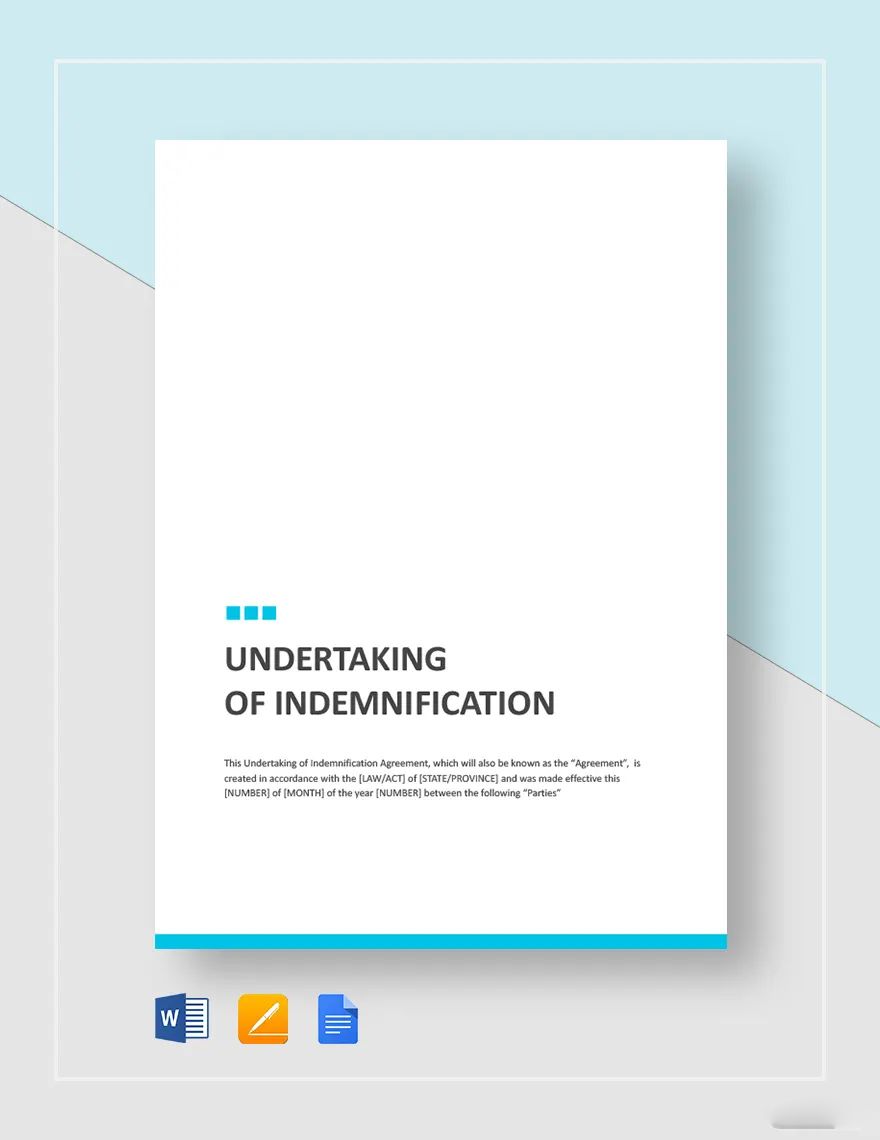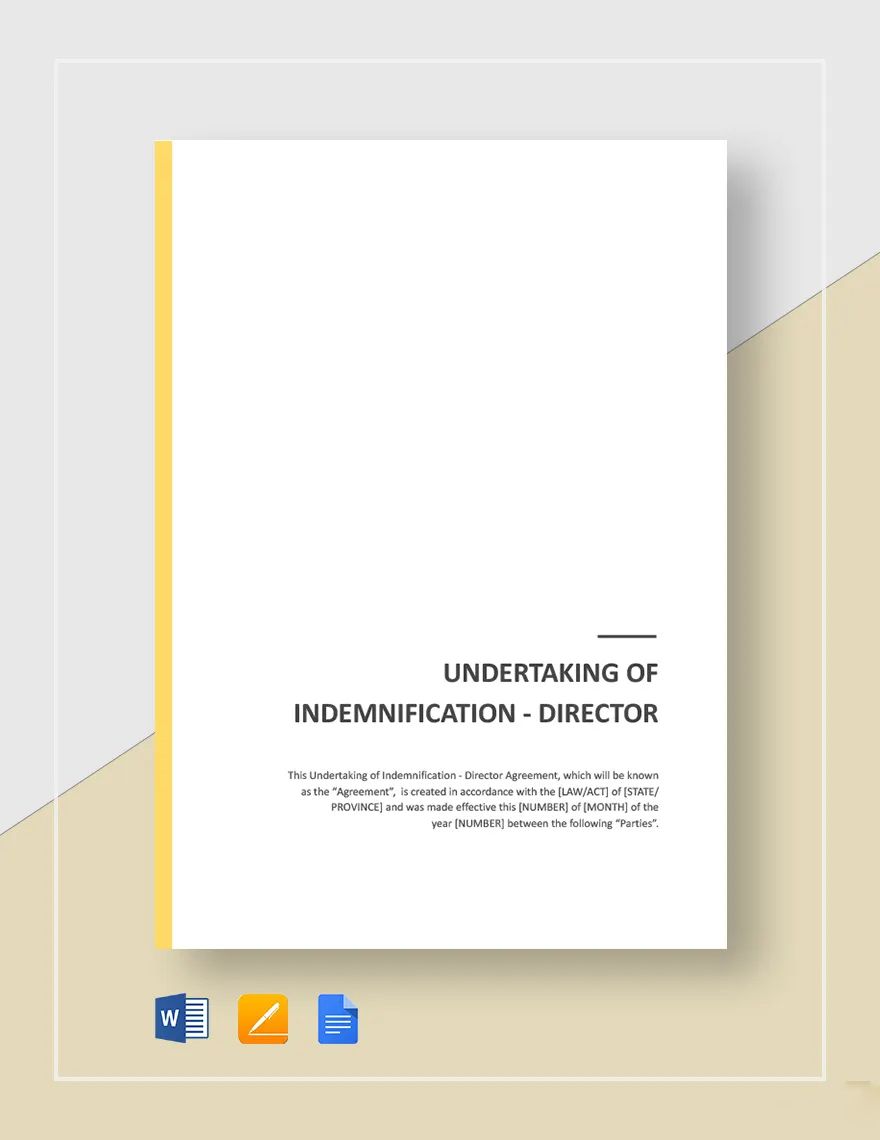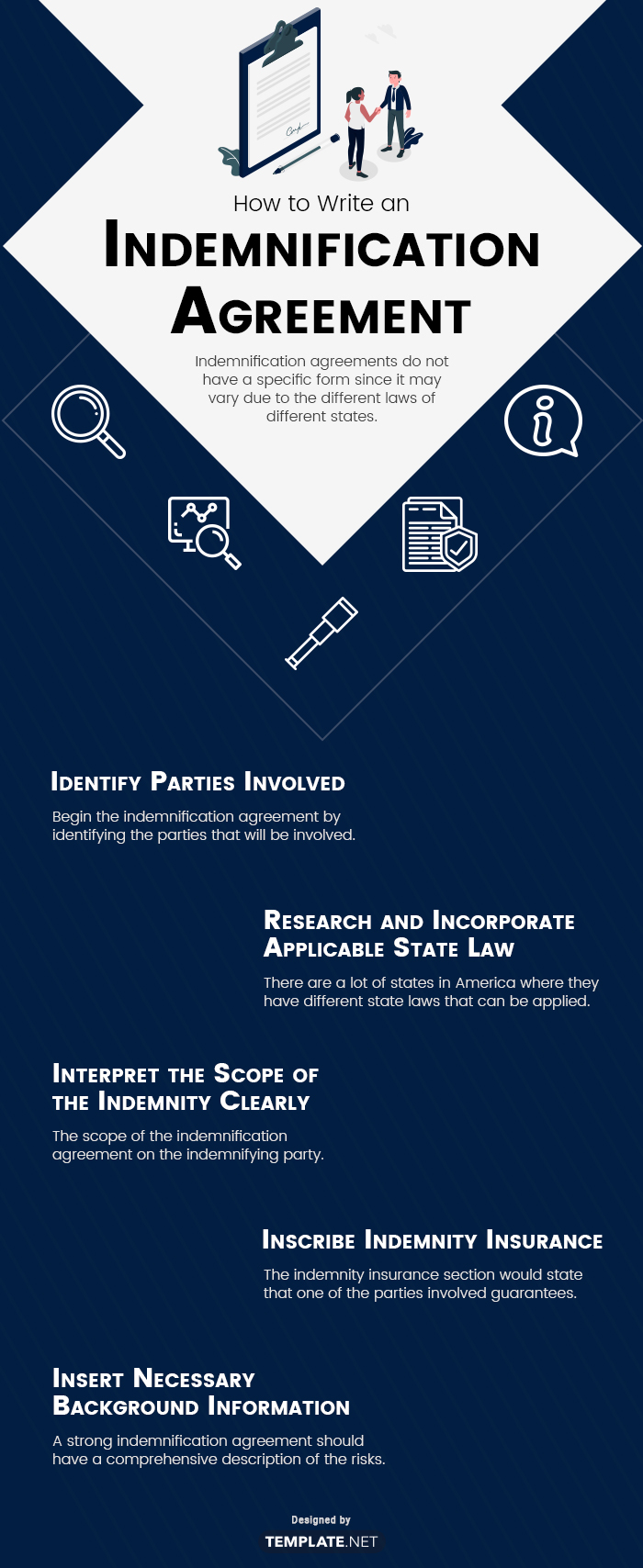Indemnification agreements do not have a specific form since it may vary due to the different laws of different states. Here is an overview or guide to what you will write in a sample agreement.
1. Identify Parties Involved
Begin the indemnification agreement by identifying the parties that will be involved. List the names, legal business names, and the address or primary place of business of each party. Identify both parties as to the indemnitee, the person or business who is protected or benefiting the indemnification, and the indemnifier, the person or business warrants or takes full responsibility and compensates the loss or damage. Basic agreements are drafted with the concept of different people signing a copy before a certain activity.
2. Research and Incorporate Applicable State Law
There are a lot of states in America where they have different state laws that can be applied and would govern and enforce the agreement. Research and incorporate state laws that would govern any lawsuit that may arise due to an accident or incident that may result in a loss or damage. Stating indemnification clauses that might be prohibited in the state law can be considered void by the court. Try consulting an attorney to understand clauses that must and must not be included in the executive agreement and how the state law is applicable for a certain situation.
3. Interpret the Scope of the Indemnity Clearly
The scope of the indemnification agreement on the indemnifying party, whether it be a general indemnity or food indemnity, should be as narrow as possible. On the other hand, the indemnified party would want the scope to be broad. Build a strong contract agreement that compromises and respects both parties. The scope should not go beyond the person who signed the indemnification agreement, or beyond those who acted on behalf of the other or under their control like the employees and business associates. For example, in the construction industry, a contractor neglected his duty, therefore, address the responsibility to the contractor, not the subcontractor in their contractor agreement. It is the same in the corporate industry, address the responsibility to the director, not its employees.
4. Inscribe Indemnity Insurance.
The indemnity insurance section would state that one of the parties involved guarantees compensation for actual or potential losses and damages to the other. This is intended to protect professionals and businesses when determined to be at fault for an accident or incident.
5. Insert Necessary Background Information
A strong indemnification agreement should have a comprehensive description of the risks for the other party to understand the liabilities. Write a few paragraphs outlining the reasons for both parties signing the simple agreement and background information necessary to better comprehension of the risks involved. Sufficient information is needed in regard to the activity and the possible claims that might emerge as a result.
